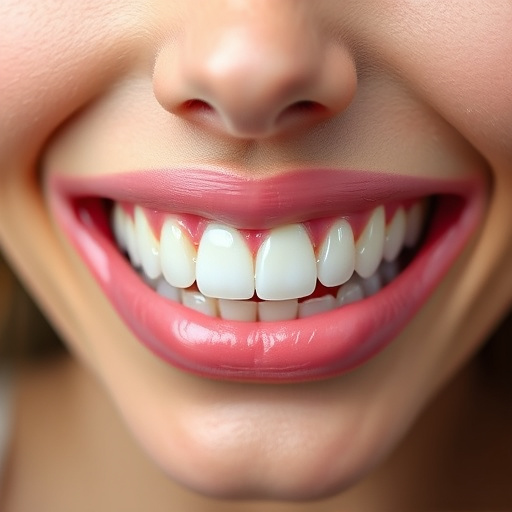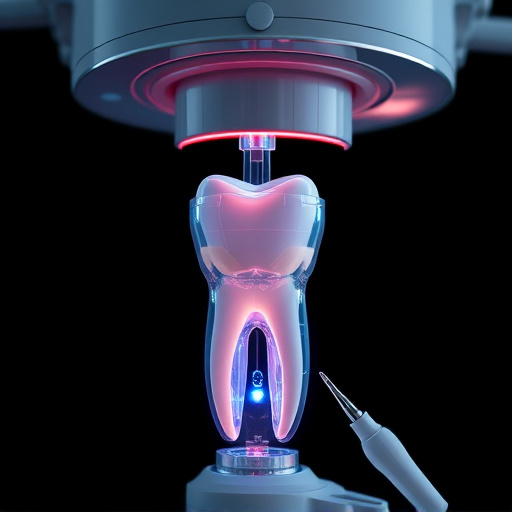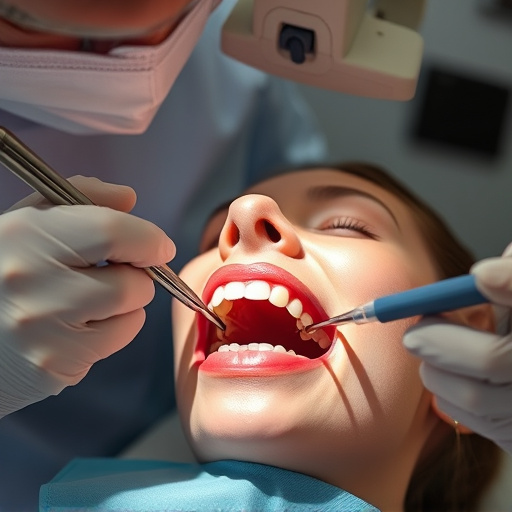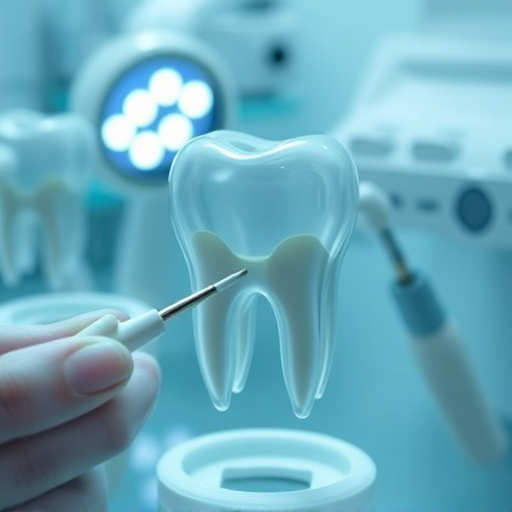Dental restoration services, including crowns, bridges, and implants, address tooth loss or trauma, enhancing aesthetics and function. These procedures integrate seamlessly with existing teeth, maintaining bite balance and preventing adjacent tooth shifts. Cosmetic dentistry techniques like bonding correct minor damage, while regular oral exams detect issues early. Comprehensive care promotes holistic well-being, emphasizing proper hygiene, diet, and regular dental cleanings for long-term restoration health.
Dental restoration services are ideal solutions for individuals facing tooth loss due to trauma or other oral health issues. Understanding these services, which include a range of options from crowns to bridges and implants, is crucial for those seeking to regain their smile and chewing function. This article explores the comprehensive process, from initial consultation to long-term care, ensuring you’re informed about every step of achieving and maintaining optimal dental health post-restoration.
- Understanding Dental Restoration Services for Missing Teeth
- Types of Restorations: From Crowns to Bridges and Implants
- The Healing Process and Long-Term Care After Restoration
Understanding Dental Restoration Services for Missing Teeth
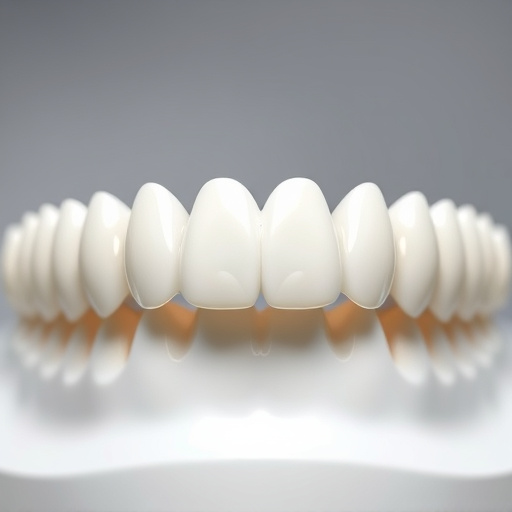
Dental restoration services play a pivotal role in restoring function and aesthetics after tooth loss or trauma. These advanced procedures go beyond simply filling gaps left by missing teeth; they meticulously recreate the natural look, feel, and strength of your dentition. By integrating with your existing oral structure, dental restoration services like crowns, bridges, and implants not only fill in the voids but also prevent adjacent teeth from shifting, maintaining the overall balance of your bite and jawline.
Cosmetic dentistry techniques, such as dental bonding, can also be employed to restore minor damage or chips. Routine oral exams become even more critical in identifying potential issues early on, enabling prompt intervention. These comprehensive services ensure not just the health of your mouth but also enhance your smile’s beauty and confidence, aligning perfectly with today’s focus on holistic well-being and self-expression.
Types of Restorations: From Crowns to Bridges and Implants
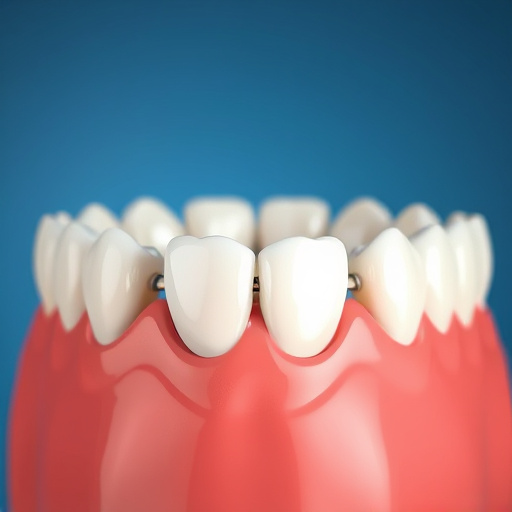
Dental restoration services offer a range of options to replace missing teeth, catering to various needs and preferences. When it comes to tooth loss due to decay, trauma, or extraction, several restorative dentistry solutions are available. One of the most common is the crown, which involves placing a custom-made cap over a damaged tooth to restore its size, shape, and strength. Crowns can be made from materials like porcelain, metal, or ceramic, ensuring they match the natural teeth in appearance.
For instances where multiple teeth are missing consecutively, dental bridges might be recommended. This procedure utilizes adjacent healthy teeth as anchors to support a prosthetic replacement tooth or bridge. Alternatively, dental implants provide a long-term solution by surgically placing a small titanium post into the jawbone, mimicking the root of a natural tooth. Once healed, a custom-made crown is attached to the implant, offering a stable and durable restoration. Whether after tooth extractions or dealing with extensive damage, these options ensure patients can regain their smile and oral function effectively.
The Healing Process and Long-Term Care After Restoration
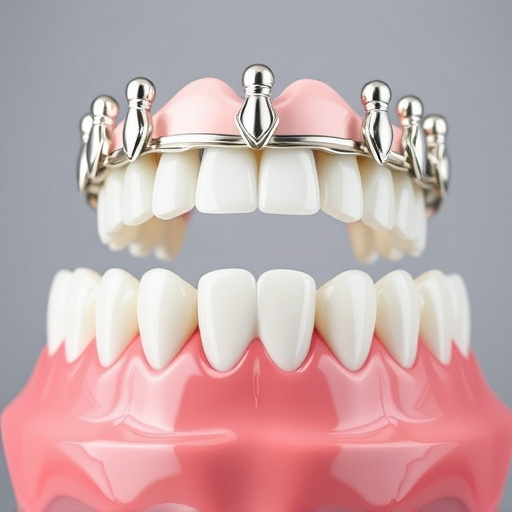
After receiving dental restoration services, whether it’s a crown, bridge, or implant, the healing process begins. It typically involves several stages where the restored tooth integrates with the surrounding gum tissues and bone structure. During this period, patients are advised to maintain meticulous oral hygiene practices, including regular brushing and flossing around the new restoration. Avoiding hard or sticky foods for a brief period after the procedure is crucial to prevent dislodging the restoration.
Long-term care involves consistent dental cleanings and checkups to ensure optimal health of the restored tooth and surrounding oral structures. Regular visits to the dentist, often every six months, allow for early detection of any potential issues. Moreover, maintaining a healthy diet rich in calcium and vitamin D, along with limited sugar intake, contributes to overall oral well-being and longevity of the dental restoration. In children’s dentistry, proper care is equally vital to promote healthy teeth as they grow and develop. Even with advanced treatments like clear aligners, regular dental cleanings remain indispensable for sustained oral health.
Dental restoration services are a reliable solution for individuals facing tooth loss due to injury or disease. By exploring options like crowns, bridges, and implants, you can regain your smile and oral health effectively. The healing process, though varying by procedure, leads to long-lasting results when combined with proper aftercare. Embracing dental restoration not only improves aesthetics but also enhances overall well-being, ensuring a confident and healthy future for your smile.








